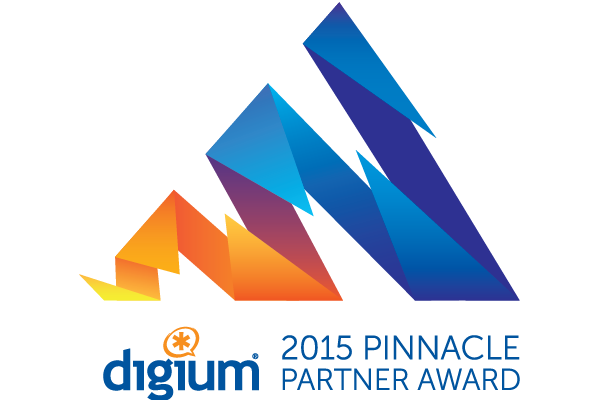Yealink Featured Products Webinar and Phone Giveaway

Yealink New Product Spotlight Webinar
VoIP Supply is rapidly growing relationship with Yealink that has been going strong since 2007.
VoIP Supply and Yealink are teaming up to bring you an informational webinar about the new products Yealink has been unveiling over the past few months. There has been a lot of action and we would like to take a few minutes and give you the high points of the new products that are out there.
The webinar is scheduled for Thursday April 16th at 2pm EST.
Some of the points we will be covering are as follows:
- CP860 VoIP Conference Phone
- New Additions to the T2x Series
- Updated list of products being discontinued
- Compatibility of Products and Services
We will also be giving away (3) of Yealinks newest models CP860, T23G and a T29G.
If you’re ready to win some free phones and listen to VoIP Supply tell you about all the perks of Yealink sign up here














